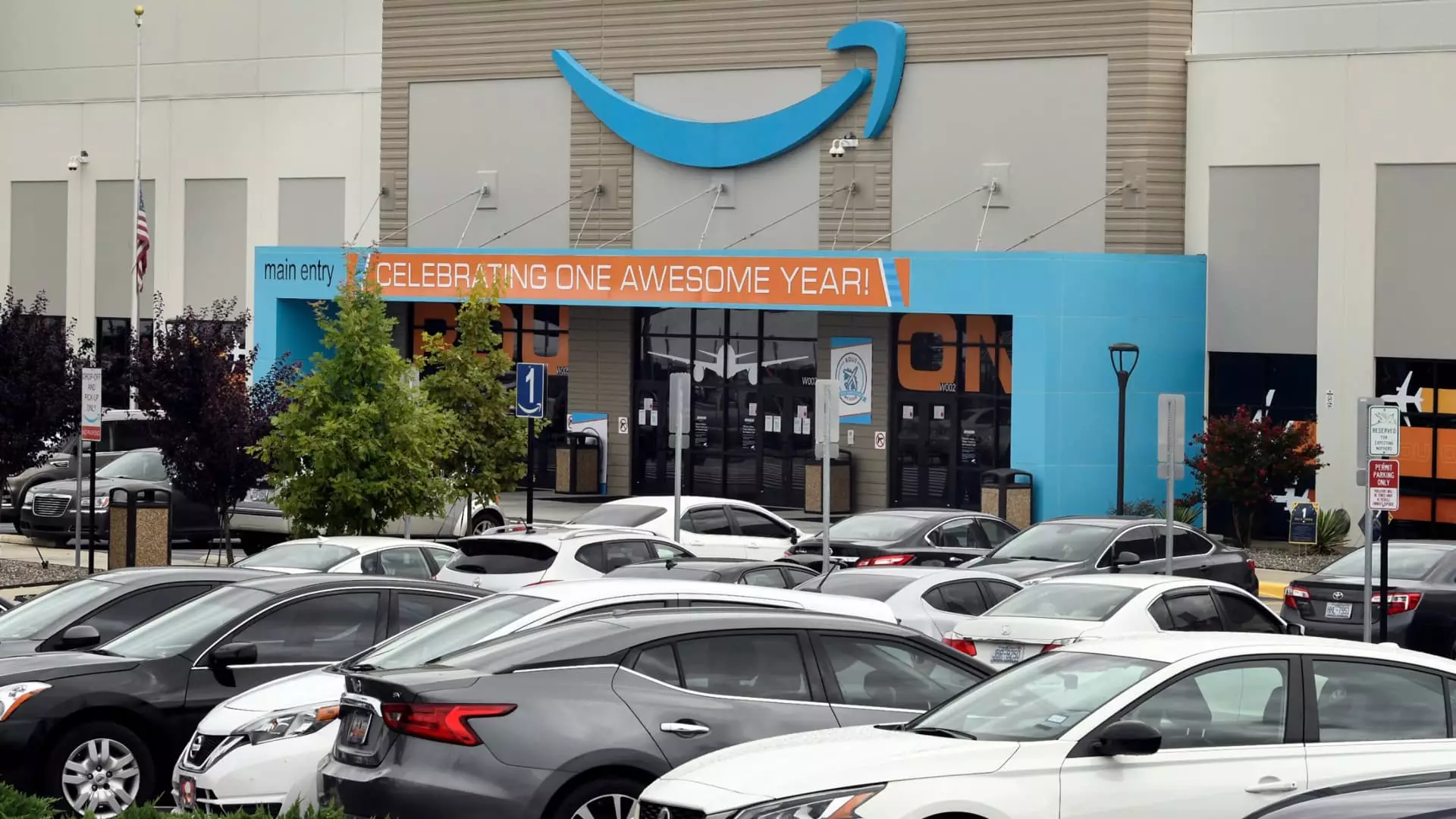The recent voting outcome at Amazon’s RDU1 facility in Garner, North Carolina, where employees decisively rejected a unionization effort, raises critical questions about labor dynamics in the United States, particularly within the backdrop of shifting attitudes towards unions. With 2,447 votes against unionization and only 829 in favor, the outcome signals a significant setback for labor organizers, particularly the group Carolina Amazonians United for Solidarity and Empowerment (CAUSE), which has tirelessly campaigned for improvements in working conditions since its inception in 2022.
The election, overseen by the National Labor Relations Board (NLRB), saw participation from 3,276 employees of the RDU1 facility, which boasts a workforce of around 4,700. While the high turnout indicates employee engagement, the overwhelming opposition suggests that the appeals made by CAUSE were not compelling enough to shift the majority’s perspective on unionization. The presence of 77 challenged ballots, although too few to sway the overall outcome, could reflect underlying tensions and concerns that might not have fully surfaced during the voting process.
In the wake of the election, CAUSE voiced strong criticisms of Amazon’s conduct throughout the unionization campaign, alleging that the corporation employed illegal intimidation tactics against employees. Their statement emphasized a belief that Amazon’s aggressive stance against unionization showcases a fear of collective worker organization — a fear that threatens the power dynamics between labor and management. Conversely, Amazon has firmly denied these claims, asserting that their actions were in line with legal standards and emphasized the importance of maintaining direct relationships with employees.
This disparity in narratives highlights the complexities of labor relations within a corporate context. Amazon’s strategy appears aimed at maintaining a non-unionized workforce, which historically allows the company greater control over employee relations and policy-making. As the company faces increasing scrutiny over its treatment of workers — particularly in light of high-profile incidents regarding worker rights and welfare — the rhetoric surrounding employee representation has intensified.
Amazon’s struggle with unionization efforts is reflective of a broader national trend. According to recent surveys, public support for labor unions stands at an encouraging 67%. However, tangible outcomes remain lacking, as union membership in the private sector remains low, epitomized by North Carolina’s dismal representation rate of only 2.4%. This paradox indicates that while societal attitudes towards unions may be evolving positively, significant gaps in actual membership persist, highlighting the barriers that labor organizations face in translating support into active participation.
Organizations like the International Brotherhood of Teamsters are attempting to circumvent traditional NLRB paths to gain influence, suggesting a diversification of tactics within labor movements. Coordinated initiatives, like the December picket efforts at nine Amazon facilities, show a concerted effort to mobilize workers despite the refusal of Amazon to engage in recognition discussions with existing unions.
Despite the setback at RDU1, CAUSE has declared its intention to persist in organizing efforts, citing ongoing concerns about food and housing insecurity that afflict many Amazon workers. The request for wage increases from $18.50 to $30 an hour underscores the growing demand for equitable compensation amid rising living costs. This determination to continue fighting for workers’ rights illustrates a grassroots commitment that cannot be easily discouraged by a single vote.
The persistence of labor initiatives like CAUSE reflects a broader narrative of resilience amid adversity in the fight for worker rights. As organizations adapt and implement new strategies to engage employees and meet their needs, they continue to shape the labor movement landscape in a modern context, where digital tools and social media play a crucial role.
The outcome of the RDU1 unionization vote is emblematic of a critical juncture in America’s labor movement. As workers increasingly seek representation and fight for rights, the responses from major corporations like Amazon will be pivotal. The duality of public support for unions against a backdrop of declining membership poses questions about the effectiveness of current strategies. Only through sustained effort and innovation can labor organizations hope to achieve meaningful change within the workforce, fostering an environment where employee engagement translates into equitable labor practices in the future.


Leave a Reply